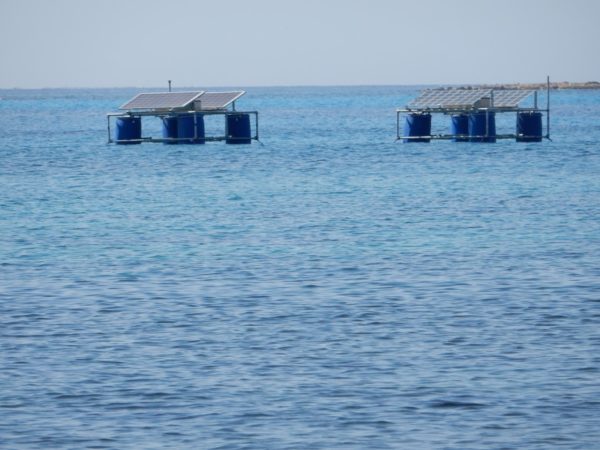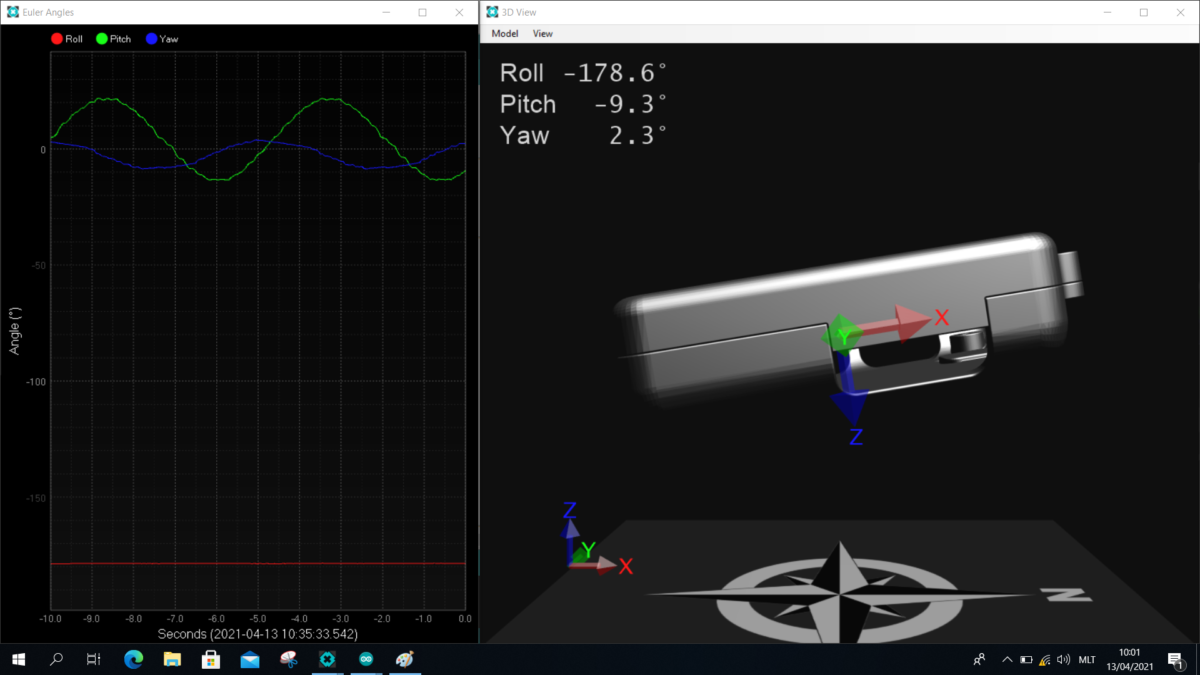Scientists at Malta's Institute for Sustainable Energy have developed a simulation tool to assess the effect of wave response motion in offshore floating PV installations.
“The simulation tool is applicable to any offshore project as long as the characteristic equations representing the response of the raft to incoming waves are known,” professor Luciano Mule'Stagno told pv magazine.
The researchers stressed the importance of the solar module tilt angle in the planning of floating PV projects. “Tilt angles for floating installations are governed by other facts than optimal power generation, including esthetic impact, wind loading and available space,” they explained, noting that offshore systems may not always be in line with the designed tilt angle and orientation, due to the response of the floating structure to incoming waves. Three different movements were identified for a floating solar array and these were categorized by the scientists as pitch, yaw, and roll movements.
They initially used both isotropic and anisotropic models to predict the total radiation on the modules' inclined surface. The first assumes an isotropic combination of diffuse radiation from the sky and ground-reflected radiation and the second calculates in detail all the components of diffuse radiation and also includes horizon brightening. The anisotropic method was chosen to predict the loss or gain in yield in a floating installation due to movements in pitch, yaw and roll.

Image: Institute for Sustainable Energy
Two algorithms developed by the U.S.' National Oceanic and Atmospheric Administration (NOAA) were used to derive the global irradiance on a plane with a fixed tilt and orientation, and to vary the tilt and orientation based on the response equation inputted by the user.
The Maltese group conducted a series of simulations assuming a pure sinusoidal wave for all movements and two floating systems with a fixed tilt of 30 and 5 degrees. “The days chosen were close to the 21st of each month in order to include equinoxes and solstices,” it stated. “However, care was taken to choose days with the same sky clarity.” Pyranometers were used to obtain irradiation data.
Popular content
The measurements showed that, for the PV system with a tilt angle of 30 degrees, the highest yield losses for both tilted angles of 30 and 5 degrees were caused by pitch movements. “This is because pitch movements directly affect the actual tilt of the installation,” the scientists emphasized. “Moreover, this effect on an installation with a designed fixed tilt of 30 degrees is more predominant in December than in June. This is because the center of oscillations is closer to the optimal installation tilt angle in June than in December.” Pitch movements were observed to have the highest negative effect in December and the lowest negative effect in June.
Yaw movements were found to have a minimal impact on low-tilt-angle installations, as the effect of orientation on such systems is very low. Roll movements, by contrast, were found to have a significant effect on the insolation on an offshore solar array, as they change both the actual tilt and orientation of the solar panels.
The simulation tool is described in the paper The effect of wave response motion on the insolation on offshore photovoltaic installations, published in Solar Energy Advances.
The same research group recently developed floating structures for offshore solar plants that are claimed to be robust enough to withstand central Mediterranean weather and cheap enough to be competitive with ground-mounted solar parks on small islands or in large coastal cities.
This content is protected by copyright and may not be reused. If you want to cooperate with us and would like to reuse some of our content, please contact: editors@pv-magazine.com.



By submitting this form you agree to pv magazine using your data for the purposes of publishing your comment.
Your personal data will only be disclosed or otherwise transmitted to third parties for the purposes of spam filtering or if this is necessary for technical maintenance of the website. Any other transfer to third parties will not take place unless this is justified on the basis of applicable data protection regulations or if pv magazine is legally obliged to do so.
You may revoke this consent at any time with effect for the future, in which case your personal data will be deleted immediately. Otherwise, your data will be deleted if pv magazine has processed your request or the purpose of data storage is fulfilled.
Further information on data privacy can be found in our Data Protection Policy.